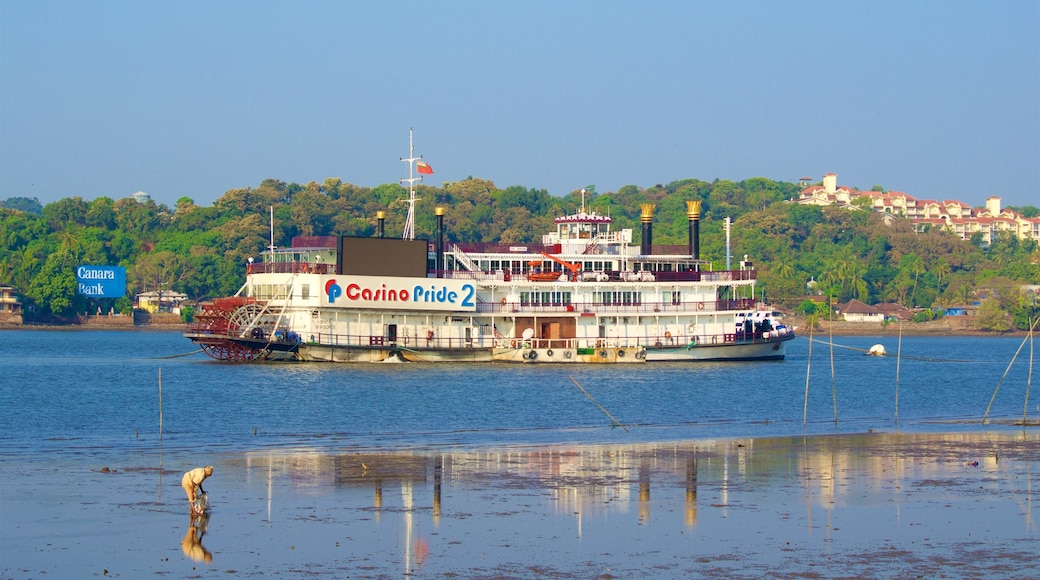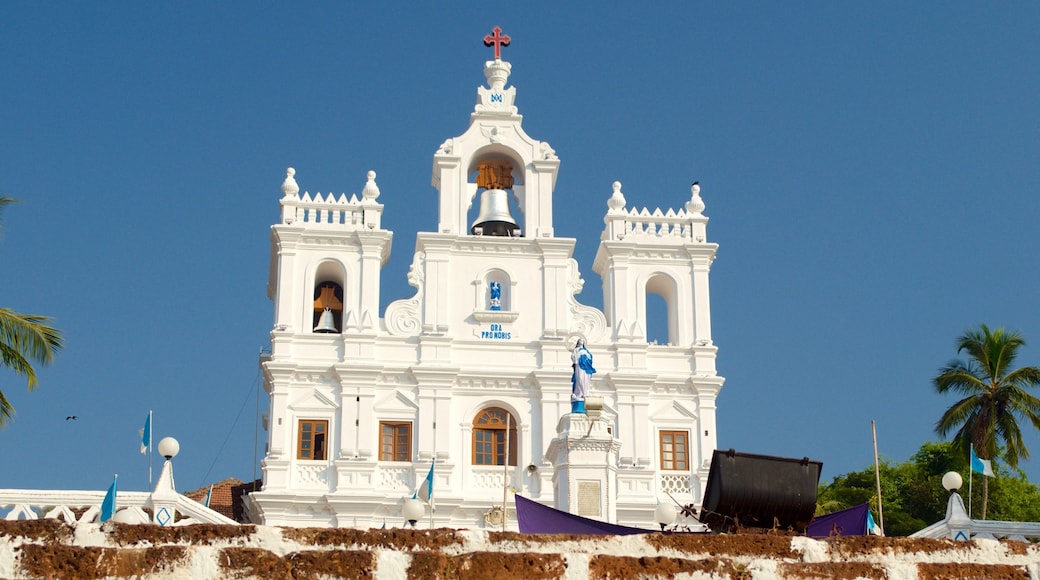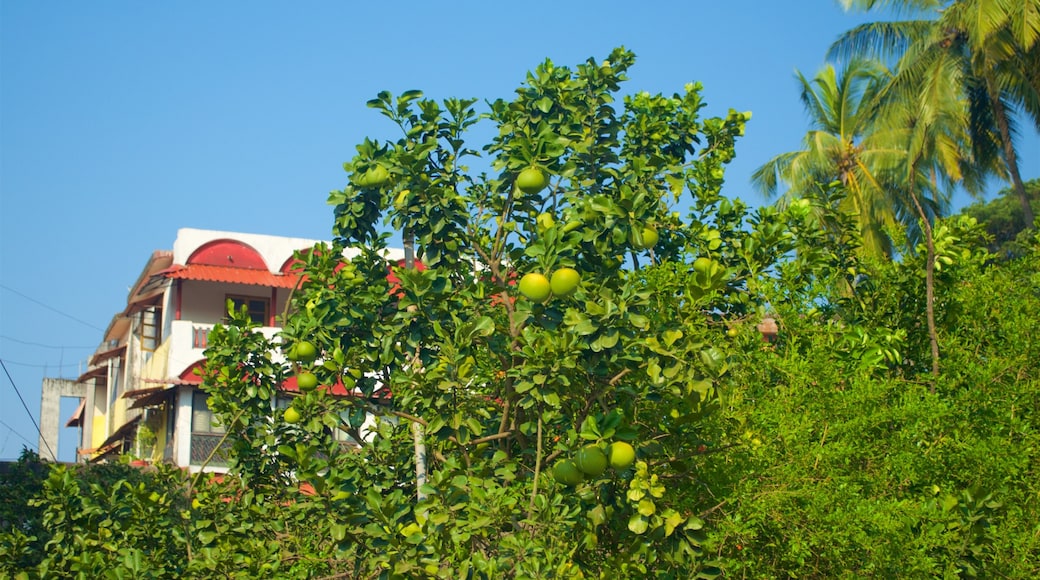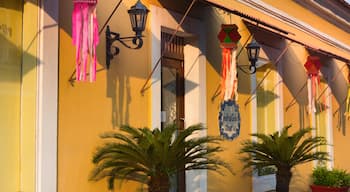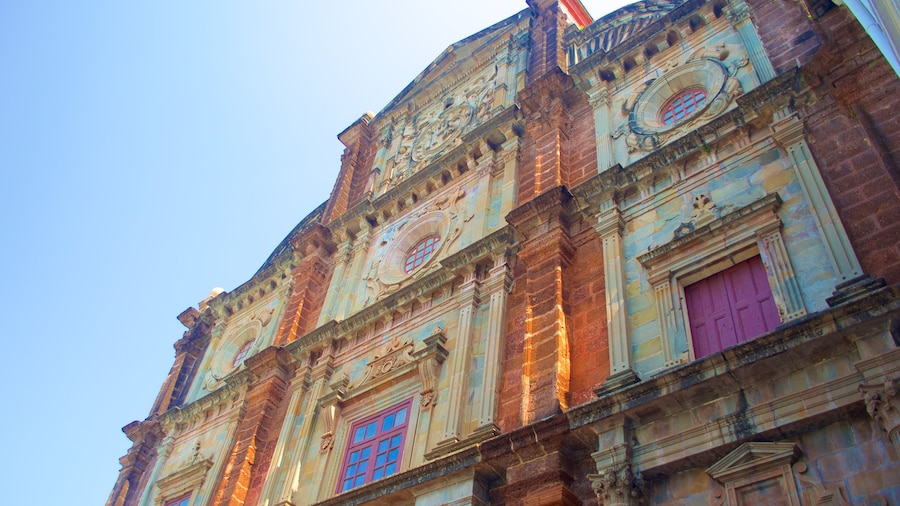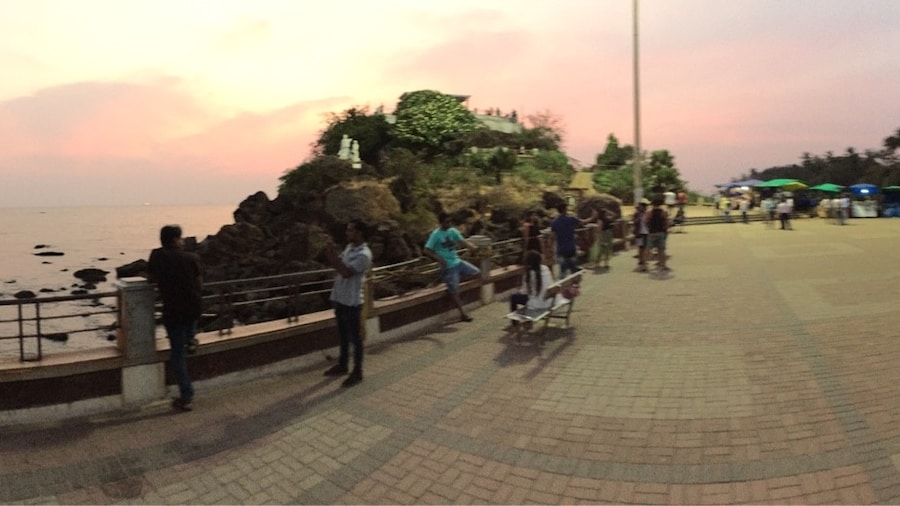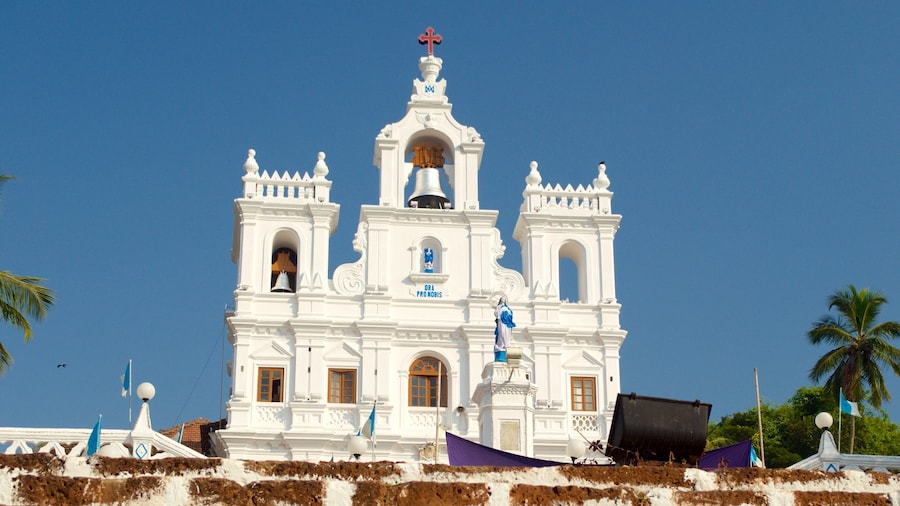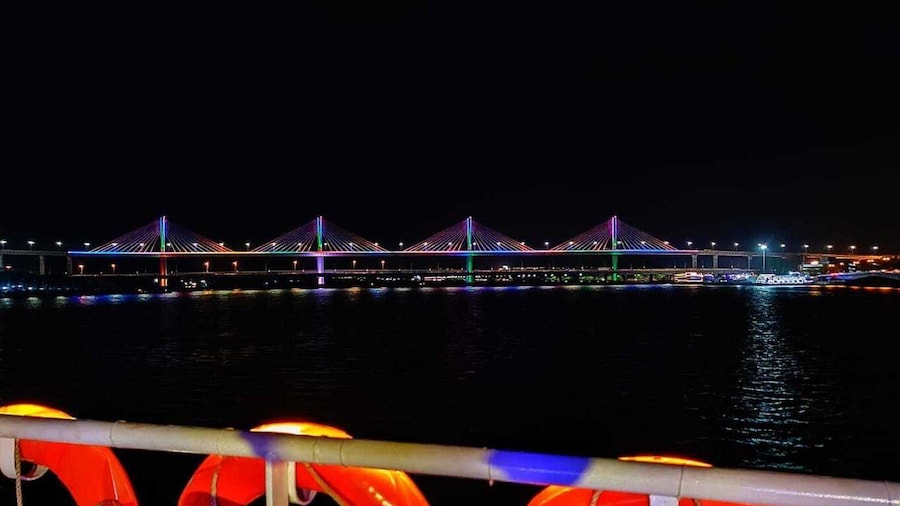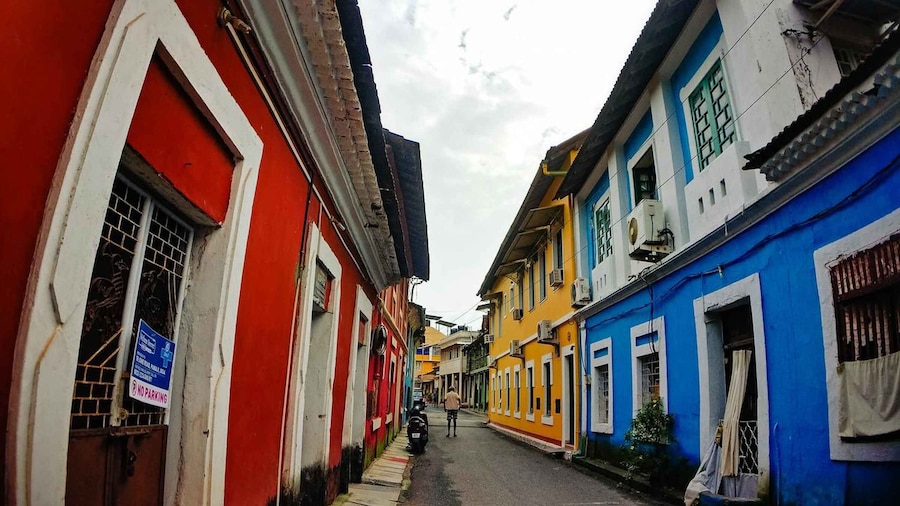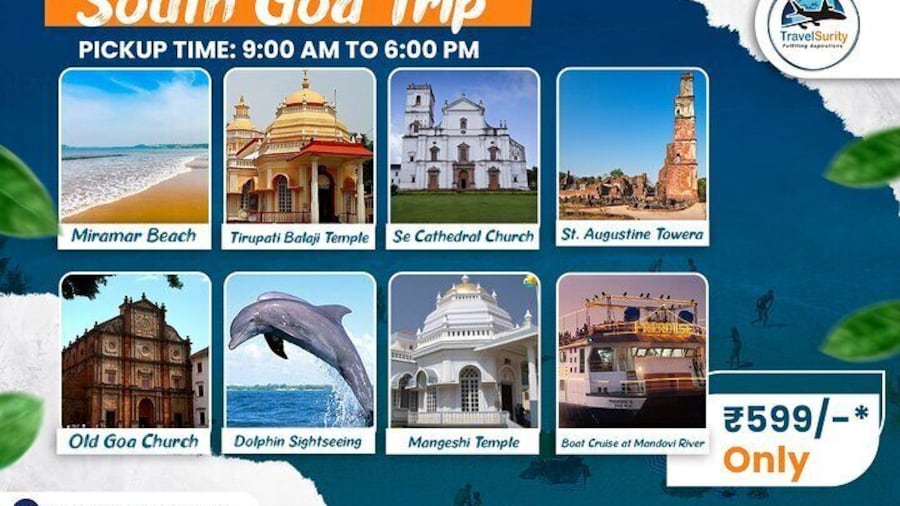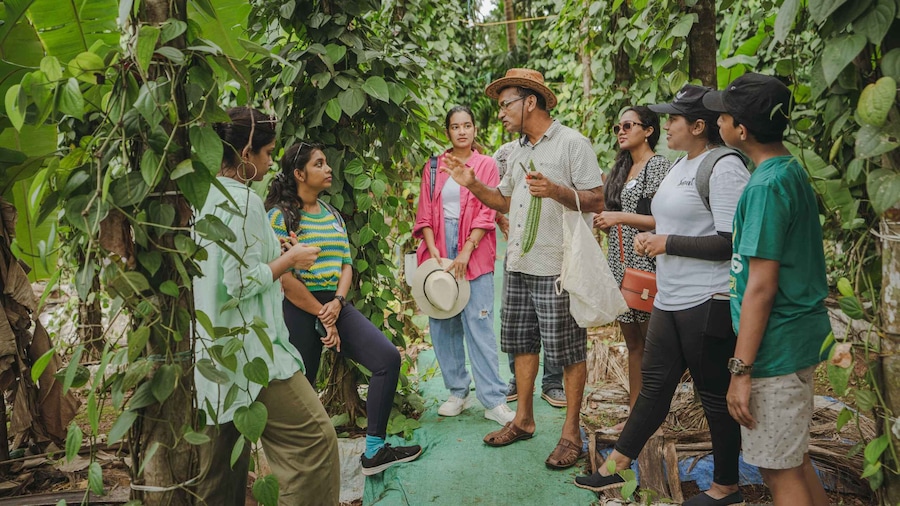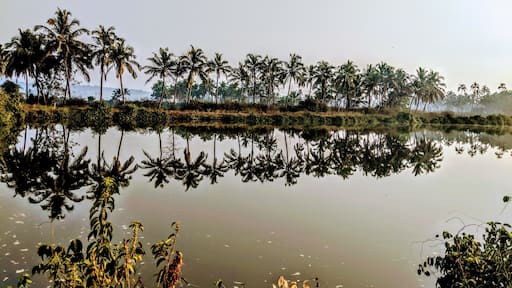Low-rise and laid-back, this characterful riverside city has a distinct European flavor and a range of Indo-Portuguese architecture.
Goa’s capital, Panaji, is still commonly referred to by its Portuguese name, Panjim, and the legacy of its old colonial rulers doesn’t end there. Aesthetically, it is reminiscent of Portugal with ample green spaces, whitewashed churches and atmospheric old colonial quarters.
Panaji was a small and sleepy riverfront village up until the mid-19th century, when it replaced Old Goa as the capital of Portuguese India. Most of its development was orchestrated by its Portuguese rulers and the wide streets, neat layout and Portuguese-inspired architecture all act as evidence of this. Look for pastel-painted classic colonial buildings which have been given a characteristic Goan injection of color.
Be sure to climb up Altinho Hill to enjoy the views of the city and get your bearings. The surrounding neighborhood, known as Altinho, is worth wandering about. Seek out interesting old buildings including the sprawling Bishop’s Palace, the 17th-century Church of Our Lady of the Immaculate Conception and the Secretariat Building, the one-time home of Portuguese viceroys. The labyrinthine heritage quarter of Fontainhas and Sao Tome also has clusters of colonial architecture, while monuments like the Mahalaxmi Temple act as reminders of its Hindu heritage.
Don’t forget to sample traditional Goan cuisine while here. Be sure to try much-loved local staples, such as piri piri shrimp or sorpotel, which is a spicy pork and offal stew.
Panjim can also make a great base for exploring Old Goa, which is located just 5.6 miles (9 kilometers) from the city. The once-thriving and grand colonial capital was abandoned in the 19th century after several bouts of plague struck its inhabitants. Other worthwhile excursions include boat trips to the nearby picturesque islands, such as Chorão and Divar, and to the popular Miramar Beach.
Some of the best times of the year to visit Panaji are between late October and early April when temperatures are warm but pleasant. The nearest airport is in Dabolim, which is about a 40-minute drive from Panaji. The city is also connected by bus to many other major Indian centers, including Mumbai, Mangalore and Bangalore. Much of Panaji is walkable, but should you need to go further, local bus services and auto-rickshaws can help.


